Full text
PDF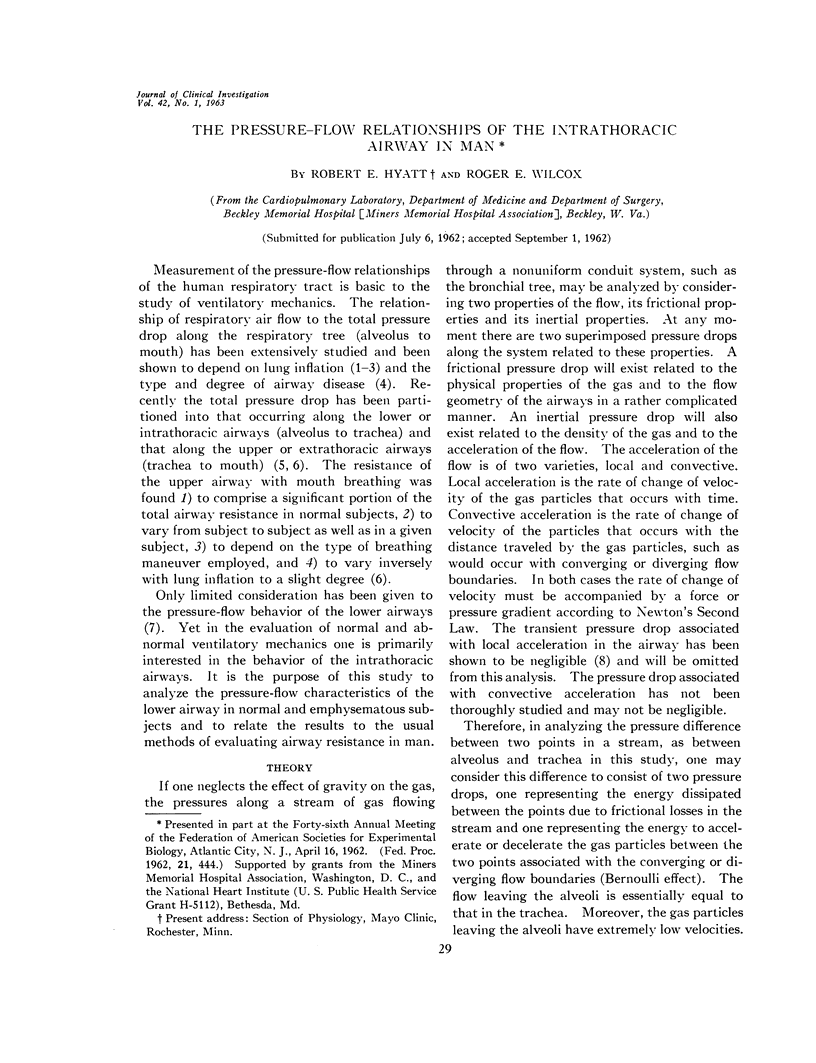

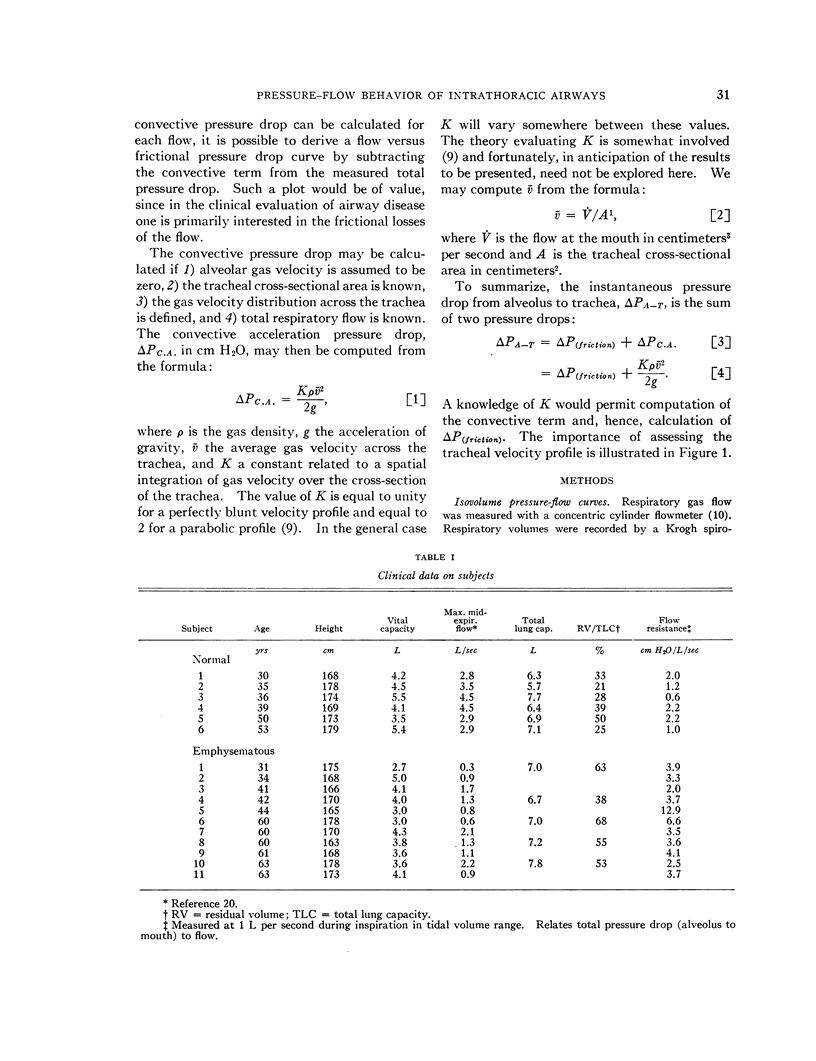
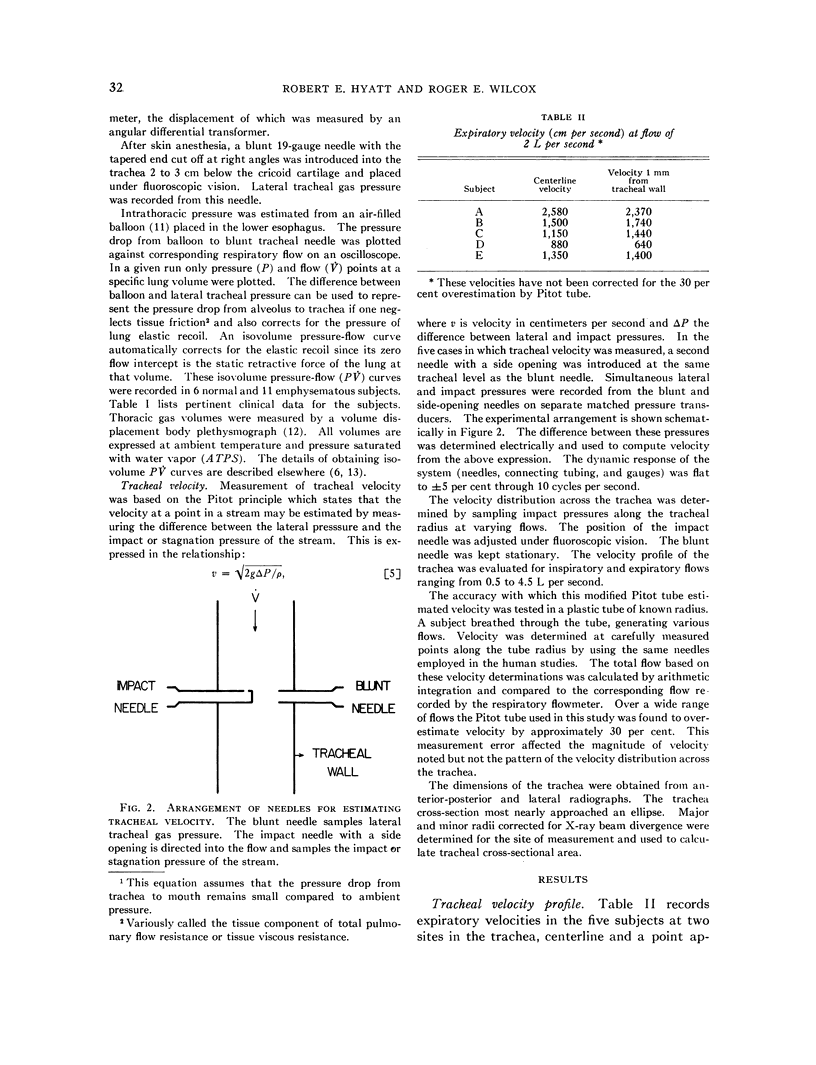
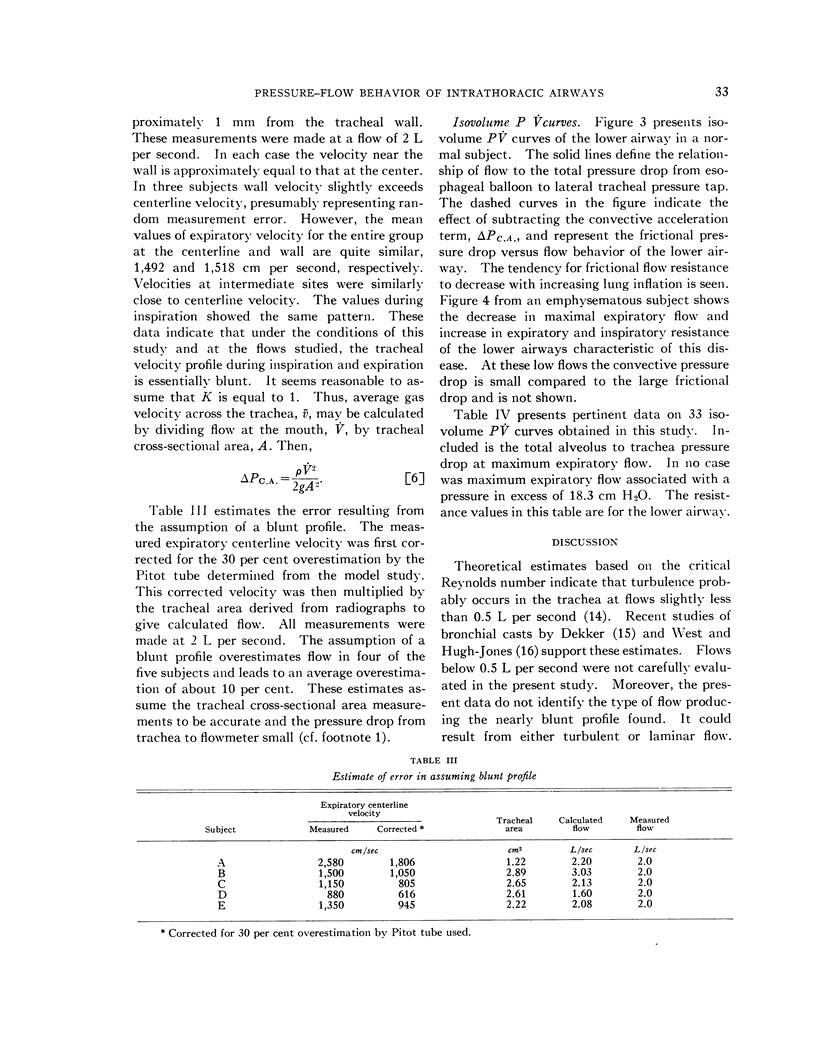
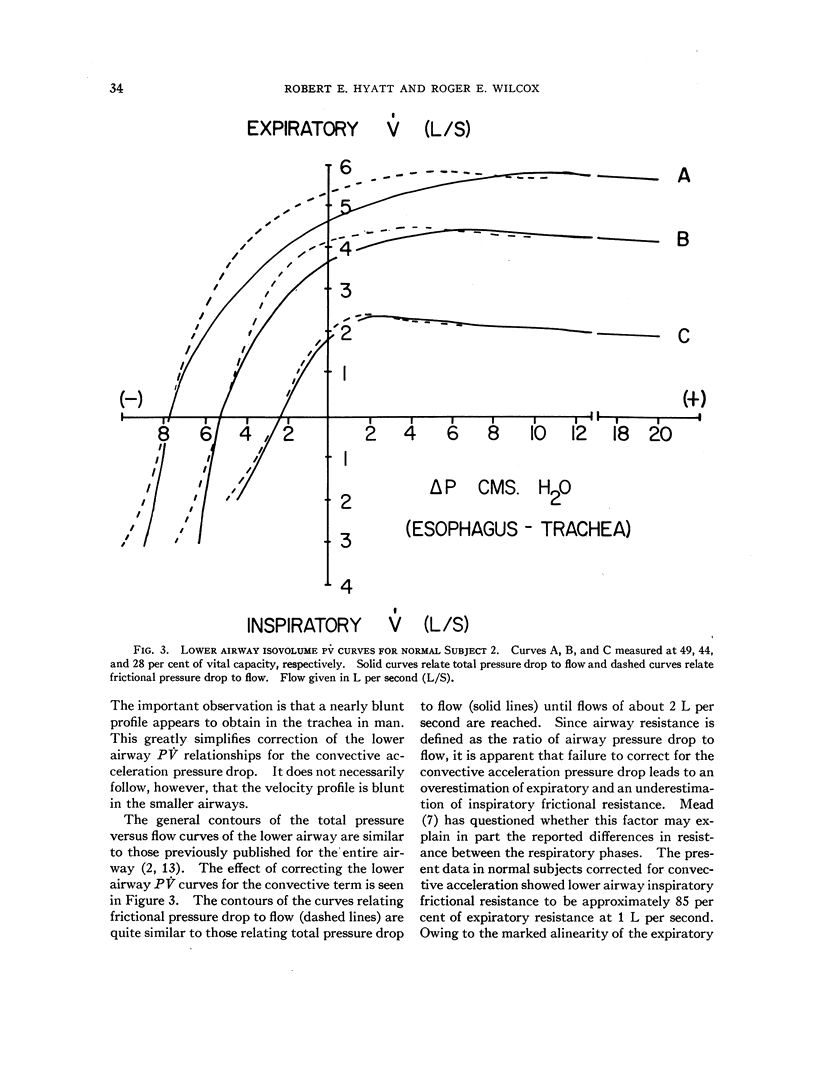
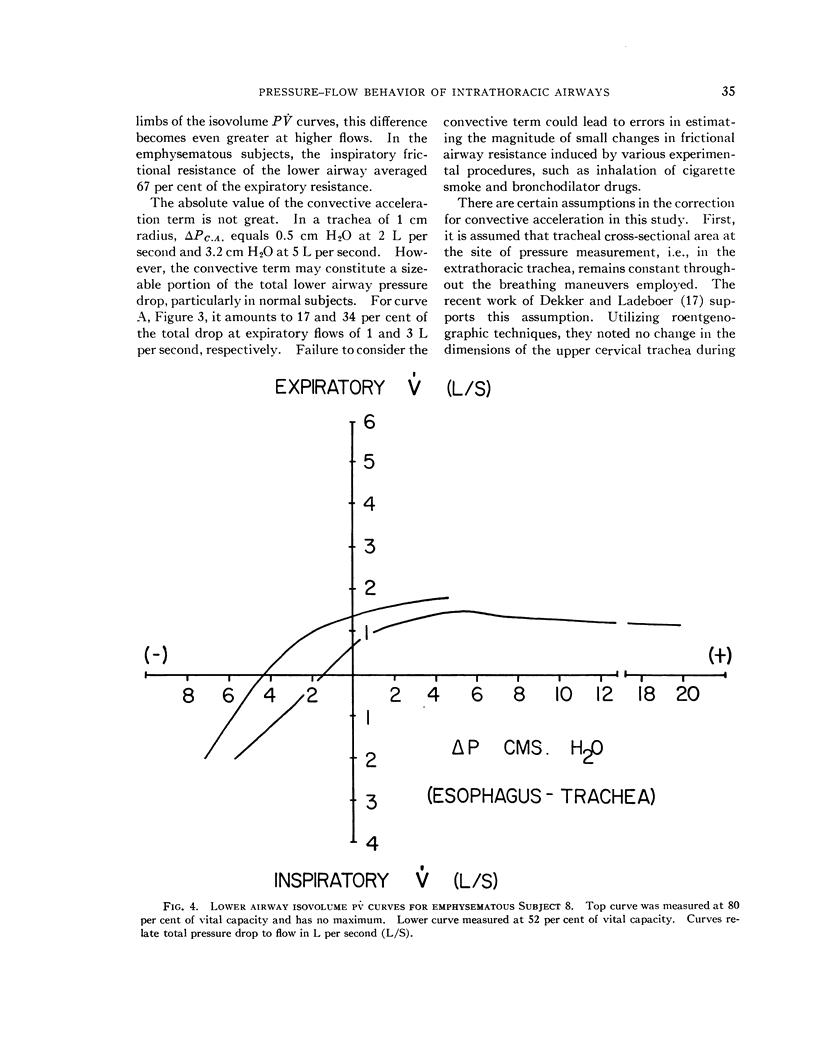
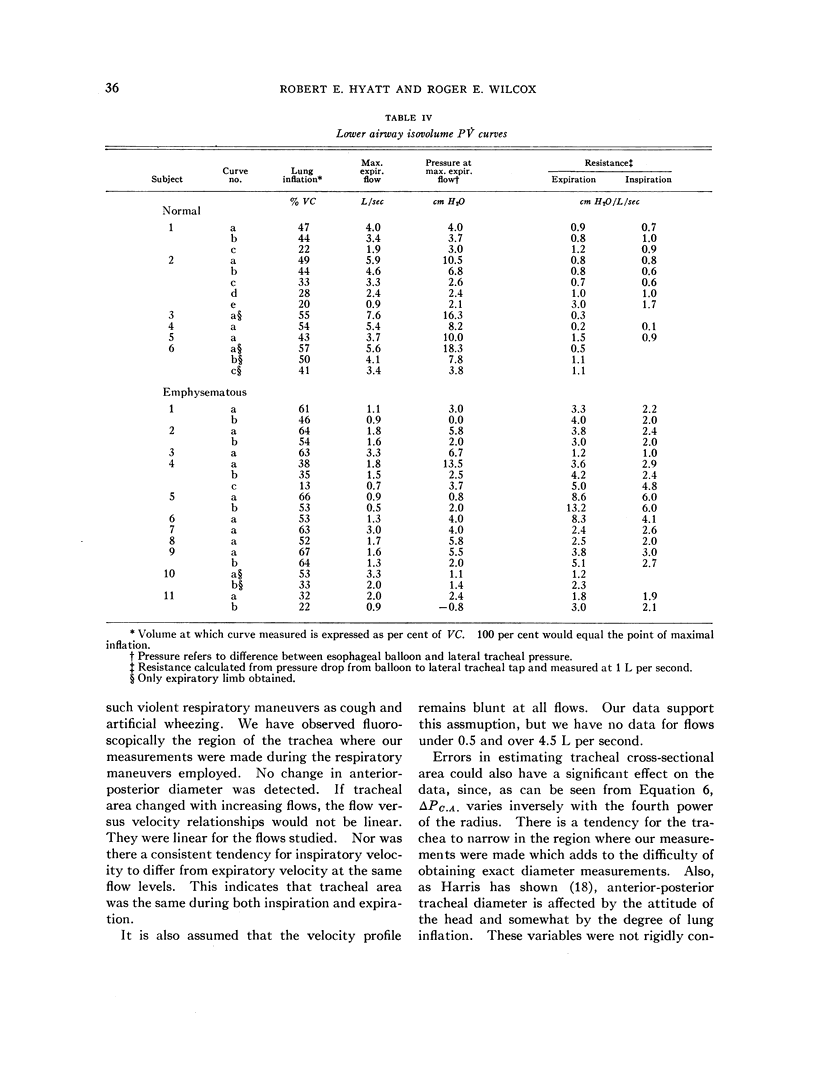
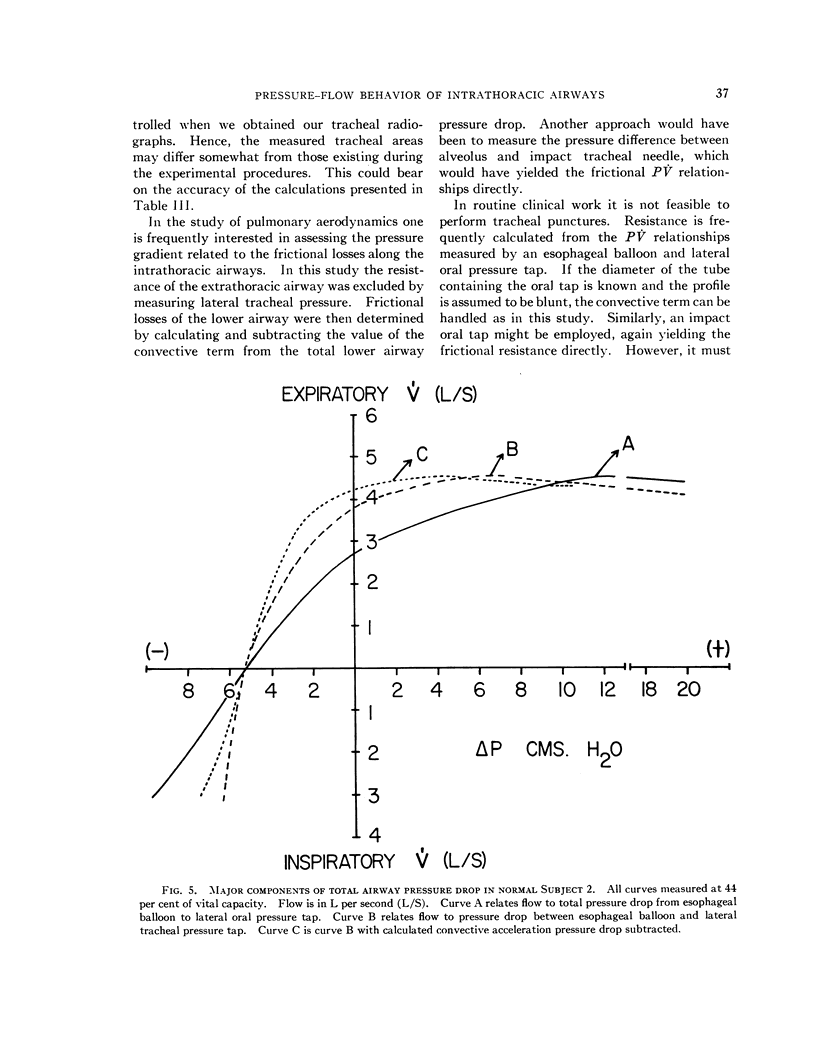
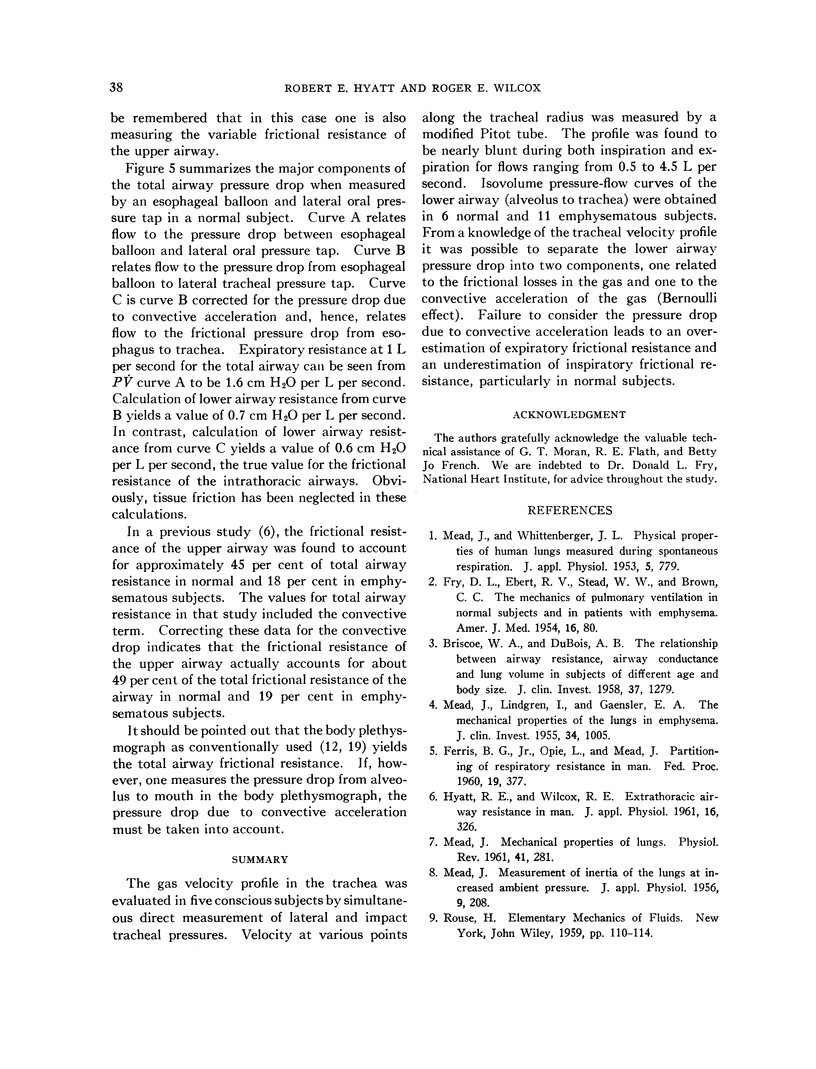

Selected References
These references are in PubMed. This may not be the complete list of references from this article.
- BRISCOE W. A., DUBOIS A. B. The relationship between airway resistance, airway conductance and lung volume in subjects of different age and body size. J Clin Invest. 1958 Sep;37(9):1279–1285. doi: 10.1172/JCI103715. [DOI] [PMC free article] [PubMed] [Google Scholar]
- DEKKER E., LEDEBOER R. C. Compression of the tracheobronchial tree by the action of the voluntary respiratory musculature in normal individuals and in patients with asthma and emphysema. Am J Roentgenol Radium Ther Nucl Med. 1961 Feb;85:217–228. [PubMed] [Google Scholar]
- DEKKER E. Transition between laminar and turbulent flow in human trachea. J Appl Physiol. 1961 Nov;16:1060–1064. doi: 10.1152/jappl.1961.16.6.1060. [DOI] [PubMed] [Google Scholar]
- DUBOIS A. B., BOTELHO S. Y., COMROE J. H., Jr A new method for measuring airway resistance in man using a body plethysmograph: values in normal subjects and in patients with respiratory disease. J Clin Invest. 1956 Mar;35(3):327–335. doi: 10.1172/JCI103282. [DOI] [PMC free article] [PubMed] [Google Scholar]
- FRY D. L., EBERT R. V., STEAD W. W., BROWN C. C. The mechanics of pulmonary ventilation in normal subjects and in patients with emphysema. Am J Med. 1954 Jan;16(1):80–97. doi: 10.1016/0002-9343(54)90325-3. [DOI] [PubMed] [Google Scholar]
- FRY D. L., HYATT R. E., MCCALL C. B., MALLOS A. J. Evaluation of three types of respiratory flowmeters. J Appl Physiol. 1957 Mar;10(2):210–214. doi: 10.1152/jappl.1957.10.2.210. [DOI] [PubMed] [Google Scholar]
- GAENSLER E. A., MALONEY J. V., Jr, BJORK V. O. Bronchospirometry. II. Experimental observations and theoretical considerations of resistance breathing. J Lab Clin Med. 1952 Jun;39(6):935–953. [PubMed] [Google Scholar]
- HARRIS R. S. The effect of extension of the head and neck upon the infrahyoid respiratory passage and the supraclavicular portion of the human trachea. Thorax. 1959 Jun;14:176–180. doi: 10.1136/thx.14.2.176. [DOI] [PMC free article] [PubMed] [Google Scholar]
- HYATT R. E., SCHILDER D. P., FRY D. L. Relationship between maximum expiratory flow and degree of lung inflation. J Appl Physiol. 1958 Nov;13(3):331–336. doi: 10.1152/jappl.1958.13.3.331. [DOI] [PubMed] [Google Scholar]
- HYATT R. E., WILCOX R. E. Extrathoracic airway resistance in man. J Appl Physiol. 1961 Mar;16:326–330. doi: 10.1152/jappl.1961.16.2.326. [DOI] [PubMed] [Google Scholar]
- LEUALLEN E. C., FOWLER W. S. Maximal midexpiratory flow. Am Rev Tuberc. 1955 Dec;72(6):783–800. doi: 10.1164/artpd.1955.72.6.783. [DOI] [PubMed] [Google Scholar]
- MEAD J., LINDGREN I., GAENSLER E. A. The mechanical properties of the lungs in emphysema. J Clin Invest. 1955 Jul;34(7 Pt 1):1005–1016. doi: 10.1172/JCI103150. [DOI] [PMC free article] [PubMed] [Google Scholar]
- MEAD J. Measurement of inertia of the lungs at increased ambient pressure. J Appl Physiol. 1956 Sep;9(2):208–212. doi: 10.1152/jappl.1956.9.2.208. [DOI] [PubMed] [Google Scholar]
- MEAD J. Mechanical properties of lungs. Physiol Rev. 1961 Apr;41:281–330. doi: 10.1152/physrev.1961.41.2.281. [DOI] [PubMed] [Google Scholar]
- SCHILDER D. P., HYATT R. E., FRY D. L. An improved balloon system for measureing intraesophageal pressure. J Appl Physiol. 1959 Nov;14:1057–1058. doi: 10.1152/jappl.1959.14.6.1057. [DOI] [PubMed] [Google Scholar]
- WEST J. B., HUGH-JONES P. Patterns of gas flow in the upper bronchial tree. J Appl Physiol. 1959 Sep;14:753–759. doi: 10.1152/jappl.1959.14.5.753. [DOI] [PubMed] [Google Scholar]


